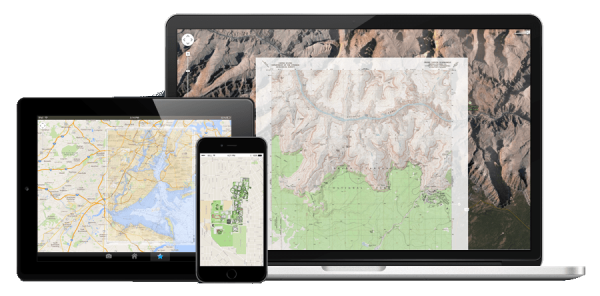
OpenMapTiles seems to be the most sophisticated solution, as it will also generate raster tiles through WMS and WMTS, but it requires a database. More established open source map servers also support MVT output:Ī couple of command line tools generate vector tiles from OpenStreetMap data, and here’s where it gets interesting. This function in return is used by other tools: PostGIS, the spatial extension for PostgreSQL, uses ST_AsMVT to return binary Mapbox Vector Tile (MVT) representations of geometries. There a lot of different solutions for producing vector tiles. This separation of data and style is especially useful, because it means you can have one data source, and style it according to your needs. river geometries will be painted blue and 10 pixels wide, a bus station will get a special icon and so on. The client, in particular a web map client ( MapBox GL JS, MapLibre GL, OpenLayers) will render an image based on specific styling information, i.e. Unique *.pbf files are stored (and requested by the client) in a schema that looks like this: path/to/data/zoom_level/x_position/y_position/xxx.pbf A tile server will serve protobuf files with gridded vector data based on longitude, latitude and zoom level (translates to scale). That’s why the folks over at Mapbox came up with the de-facto standard specification for encoding tiled vector data.Ī common way to serve vector tiles from OpenStreetMap data is storing them in a single SQLite database, called MBTiles.

OpenStreetMap data ( *.osm) is actually plain XML, but rendering these files from a server or even client is not really efficient, because it contains “because it contains far more information than can be reasonably used in a map” ( Simon Poole).
#MAPTILER DISK USAGE DOWNLOAD#
You can get either the world as a whole, or download extracts at different scales, for continents, countries, states and (if they are big enough) cities from Geofabrik and other sources.
#MAPTILER DISK USAGE FREE#
There is a whole database of free geographic information available, called OpenStreetMap.

Polygons for buildings, parks, sport tracks etc. Displaying geographic information in a web application usually means you need vector data of your surroundings: Points for POIs (points of interest), i.e. If you don’t care about the boring 101 stuff or you already know everything about vector tiles (why are you reading this anyway? 🤷), SKIP AHEAD!īefore we start, let’s dive into some of the basics for web mapping.


 0 kommentar(er)
0 kommentar(er)
